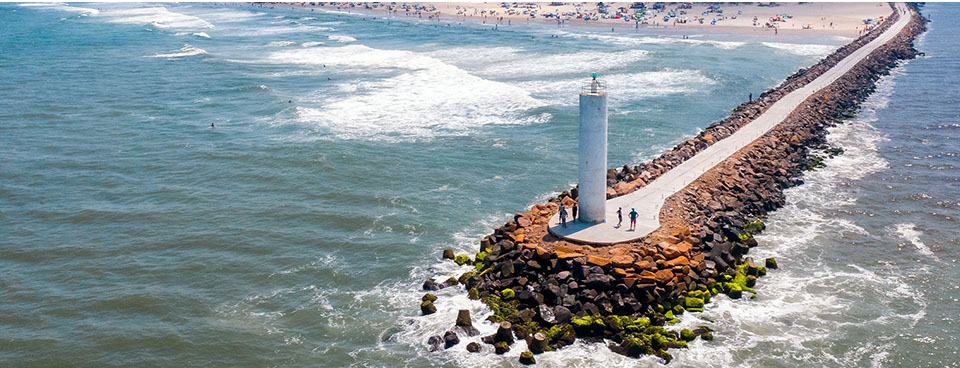Exploring Southern Brazil: Culture and Nature

Southern Brazil is a region rich in culture, history, and natural beauty. Comprising the states of Paraná, Santa Catarina, and Rio Grande do Sul, this area is known for its unique gaucho culture, which has been shaped by a significant European immigration during the 19th and early 20th centuries. With over 29 million inhabitants, the South of Brazil stands out as one of the most developed and affluent areas in Latin America.
The region’s geographic boundaries are remarkable: it is bordered to the west by Argentina and Paraguay, to the south by Uruguay, and to the east by the Atlantic Ocean. Notably, the South holds a high Human Development Index, characterized by a diverse economy that balances agriculture, livestock, industry, and services. This blend of economic activities contributes to a relatively high per capita income compared to other regions in Brazil.
One of the defining features of Southern Brazil is its climate. While Brazil is often associated with tropics, jungles, and warm beaches, the South experiences a temperate climate with four distinct seasons. Winters can occasionally bring frost and snow to higher elevations—an unusual phenomenon in many parts of Brazil. The presence of open grasslands or prairies supports both cattle ranching and agriculture, with crops like soybeans, corn, and wheat being vital to the economy.
The cultural richness of this region is heavily influenced by the gaucho lifestyle—an identity intertwined with the vast open plains that facilitate movement across borders. Gauchos are renowned for their skills in horseback riding, cattle ranching, and traditional music and dance. The consumption of mate, a traditional South American beverage, is a common social practice among locals, further binding the community through shared customs. Musical styles such as milonga and chamamé echo the gaucho roots, conveying the deep connection between culture and land.
In terms of cities, the South is home to significant urban centers. Porto Alegre, the capital of Rio Grande do Sul, is a bustling city known for its strategic position within Mercosur. It boasts a rich cultural and economic landscape, with an approximate population of 1.4 million residents in the city and around 3.5 million when including the metropolitan area. Founded along the shores of Lake Guaíba in 1772, Porto Alegre has developed into one of the most industrialized cities in Brazil, with a vibrant port activity and diverse industries.
Curitiba, the capital of Paraná, stands out for its sustainability initiatives and high quality of life. With a population of around two million, it is recognized internationally for its innovative public transport solutions, such as the Bus Rapid Transit system, which has served as a model for cities around the world. However, like many growing cities, Curitiba faces challenges related to urban crime and infrastructure issues.
Joinville, another important city in Santa Catarina, is a hub for industry, specifically in metallurgy, plastic, and tobacco sectors. With over 520,000 residents, its cultural landscape is heavily influenced by its German heritage, with around 35% of the population tracing roots back to Germany. This historical significance is echoed in local festivals, cuisine, and architecture that celebrate its immigrant stories.
Southern Brazil is not only about urban life; it is equally about the enchanting nature surrounding the cities. The region is dotted with reserves and parks that protect its diverse fauna and flora. The Atlantic Forest biome, differing from the Amazon rainforest, is a treasure trove of biodiversity, housing unique plant species and exotic fruits like pitanga and jabuticaba. Unfortunately, this ecosystem faces threats from land expansion and deforestation, but several natural reserves work tirelessly to conserve it.
In summary, the Southern Brazil region offers an intriguing blend of cultural heritage and natural splendor. From gaucho traditions to urban innovations in cities like Porto Alegre and Curitiba, visitors encounter a multifaceted identity that defies simplistic categorizations. Those traveling to this part of Brazil will gain insights not only into the region’s past but also into its vibrant present—a testimony to how cultures and landscapes can converge beautifully.
